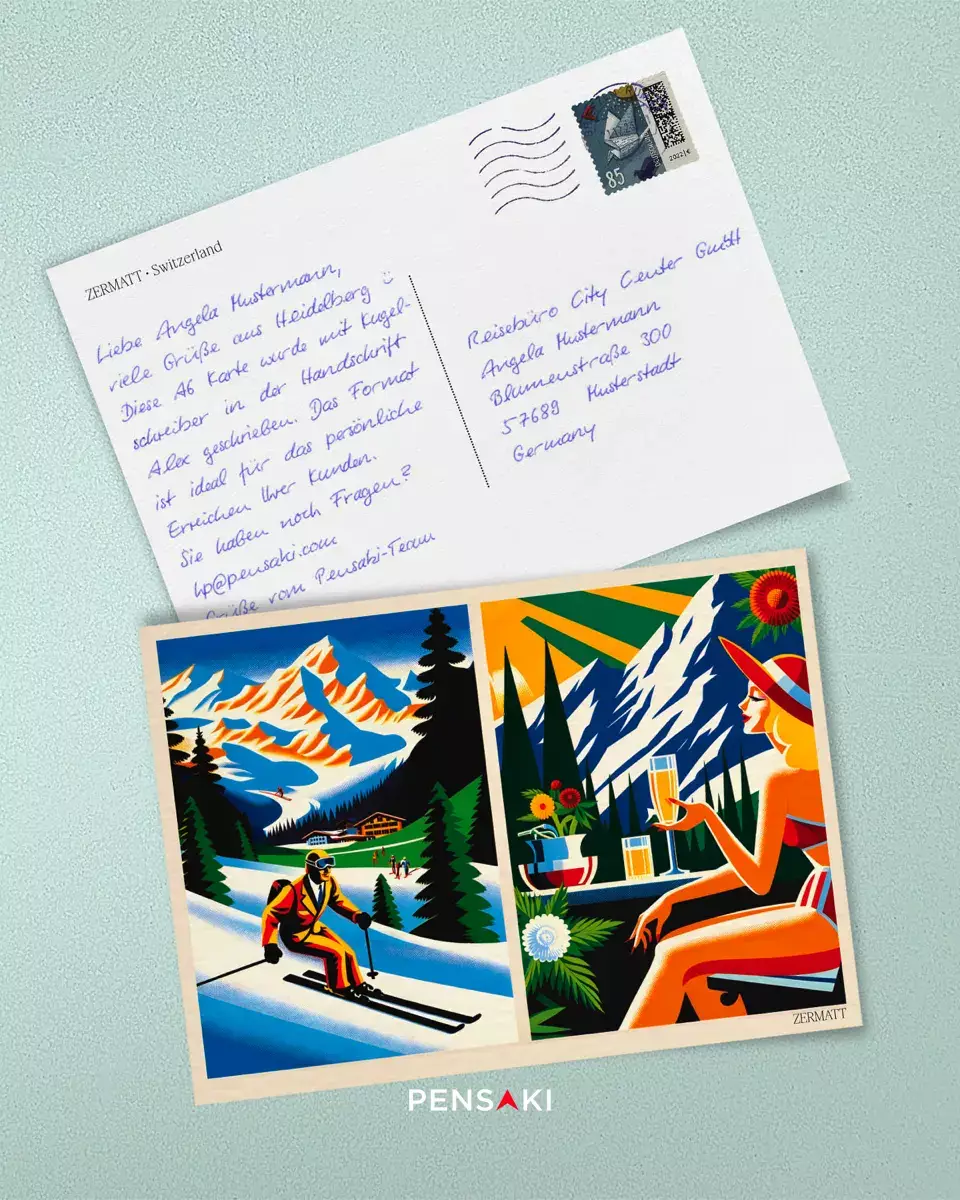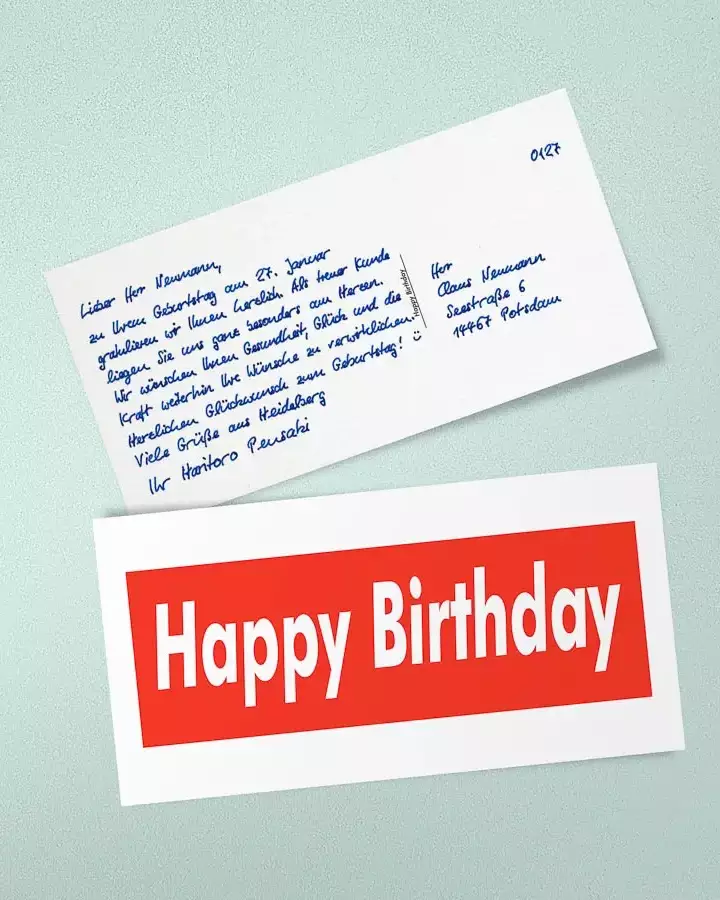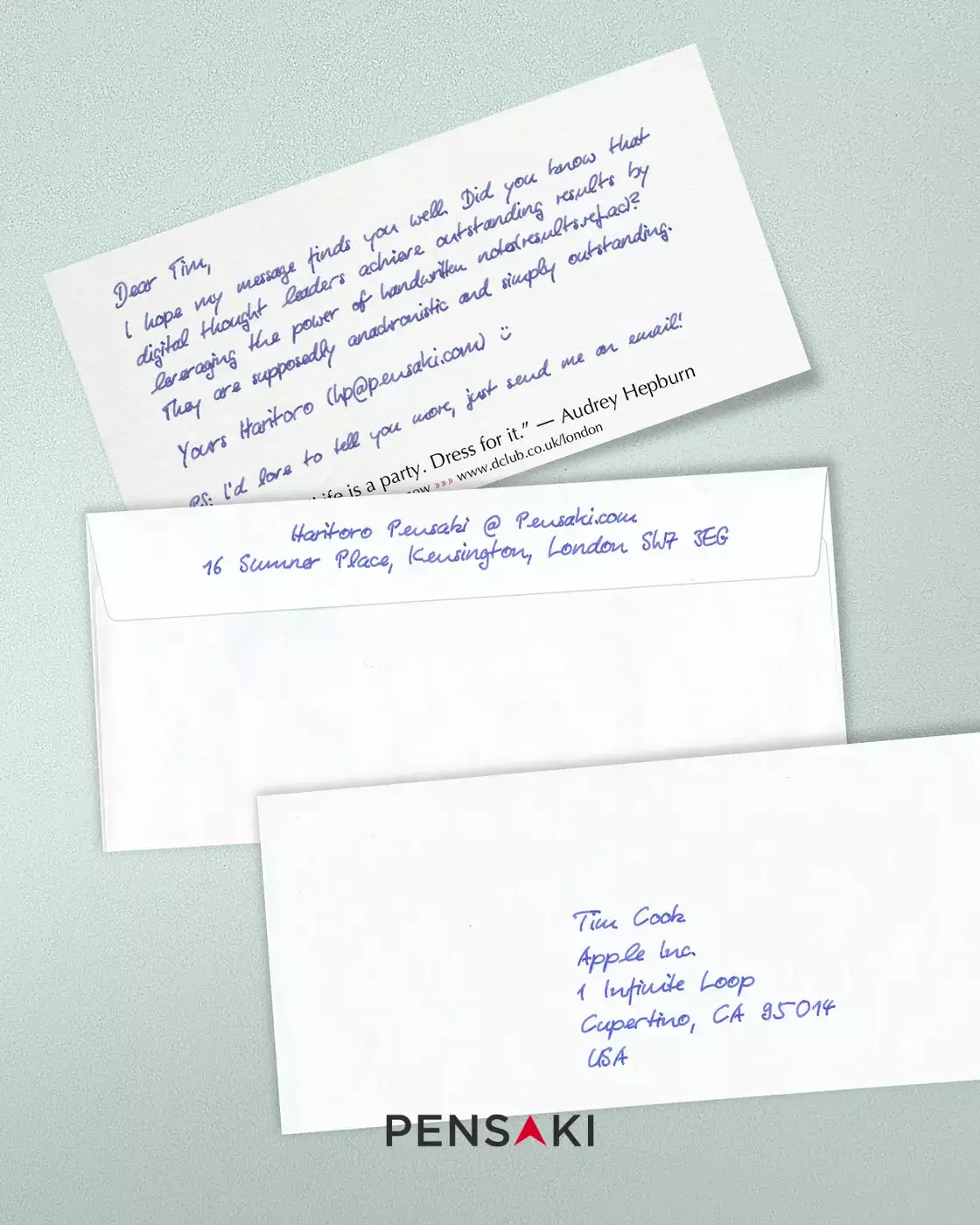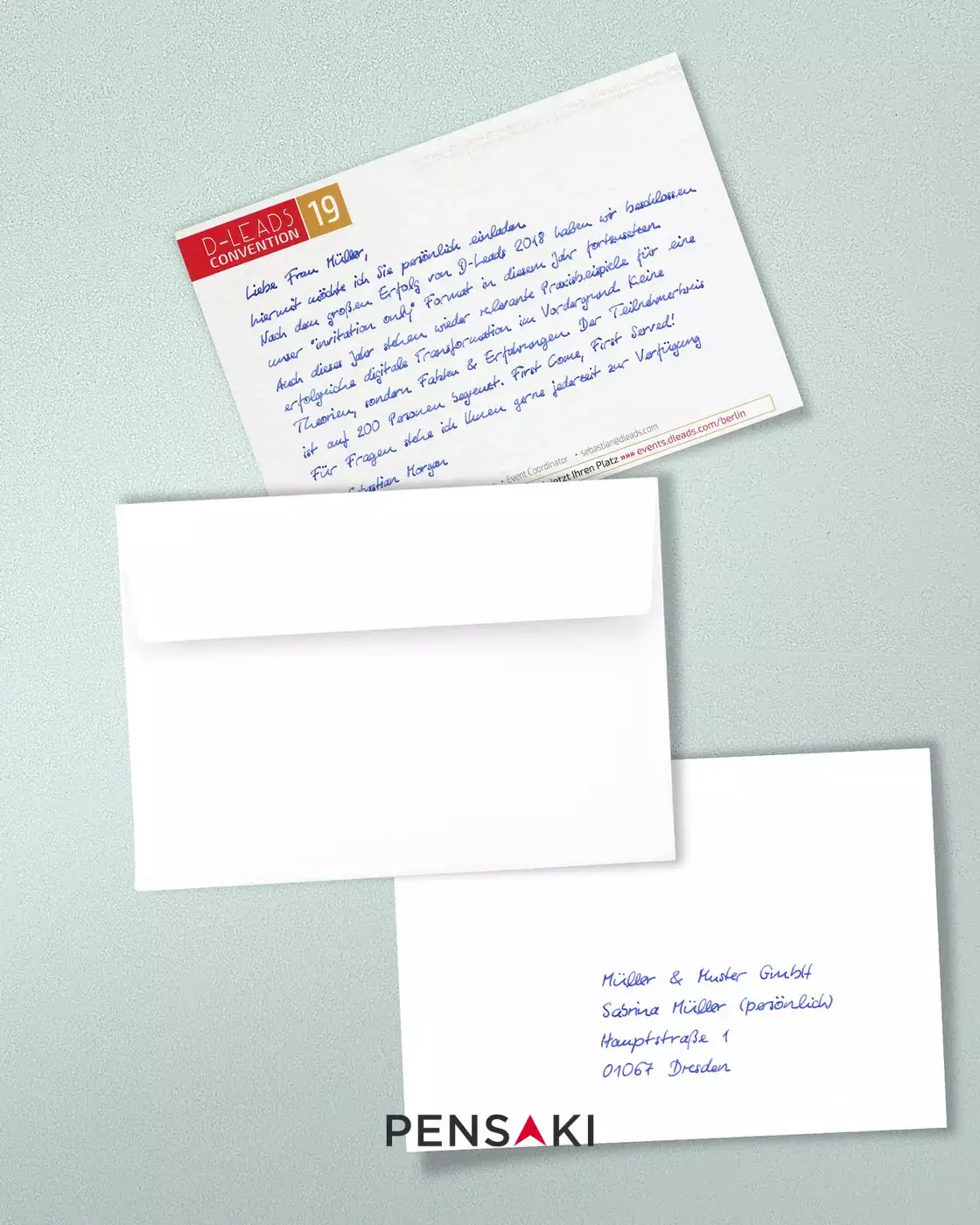Digital thought leaders are harnessing the unique appeal of handwritten notes to distinguish their sales and marketing efforts in a digitally saturated landscape. By employing services like Pensaki, they merge traditional personal touch with modern efficiency, sending personalized, handwritten messages that significantly cut through the digital noise. This approach has yielded remarkable results, with B2B sales experiencing response rates between 10 to 40 percent and opening rates over 90 percent. The resurgence of handwritten letters appeals to the human desire for genuine connection and effort, making messages more memorable and impactful. Digital pioneers prioritize this strategy to stand out because it effectively marries the charm of personal touch with the scalability of digital technology, creating a novel and effective way to engage and connect with audiences.
The Renaissance of Offline Communication
In an era dominated by the incessant beeps of notifications, a notable shift is occurring among digital thought leaders. These forward-thinkers are rediscovering the timeless practice of handwriting, integrating this ancient art into their digital strategies. This revival is not about mere nostalgia; it’s a strategic move to leverage the unique power of personal touch, setting their messages apart in the crowded digital realm. Pensaki, a company at the forefront of this movement, epitomizes the successful blend of traditional handwriting with modern technology, crafting marketing campaigns that resonate deeply with recipients.
The Transformation of Communication
The journey from personal letters to instantaneous digital messages marks a significant evolution in how we connect. This shift, highlighted by Adobe’s observation of rapid marketing evolution, has led to a diluted sense of personal connection amidst the digital noise. It’s within this context that handwritten notes, powered by companies like Pensaki, emerge as a beacon of personalization, effectively bridging the gap between the efficiency of digital communication and the heartfelt impact of a personal touch.
Pensaki’s Pioneering Initiative
Pensaki’s inception in 2014 marked a pivotal moment in the resurgence of handwritten communication. By offering a service that combines digital convenience with the authenticity of handwritten notes, Pensaki enables the sending of personalized messages at scale, without losing the personal touch that makes each note special. This innovative approach not only delights recipients but also stands as a testament to the enduring appeal of personal effort in communication.
The Impact on Sales and Marketing
The reintroduction of handwritten notes into the marketing mix has yielded impressive results, with significant increases in response and opening rates for B2B sales. This success underscores the potent combination of personalization and tradition in cutting through digital clutter. Pensaki’s initiative demonstrates that despite the digital age’s dominance, the human desire for genuine connection and appreciation for personal effort remain strong. Handwritten notes have thus become a powerful tool for digital thought leaders, allowing them to differentiate their messaging and foster deeper connections with their audience.
The Enduring Value of Authenticity
In exploring the potential for novelty to wear off, Pensaki’s experience reveals that the impact of authenticity is lasting. While the initial surprise of receiving a handwritten note may fade, the value placed on personal touch and effort persists. This insight is crucial for digital thought leaders, who recognize that amidst the abundance of impersonal digital communication, handwritten notes offer a meaningful way to stand out and make a lasting impression.
The Future of Personal Touch in Digital Marketing
The initiative led by Pensaki and embraced by digital thought leaders serves as a powerful reminder of the timeless value of personal touch. By marrying the efficiency of digital technology with the sincerity of handwritten notes, these innovators are not only redefining marketing strategies but also reigniting the human spirit’s desire for genuine connections. This movement, far from being a step backward, is a strategic embrace of tradition to enhance digital communication, proving that even in our relentless pursuit of the future, the treasures of the past have a vital role to play.
Be smart and sign up for our newsletter!
Your competition keeps itself up to date.



